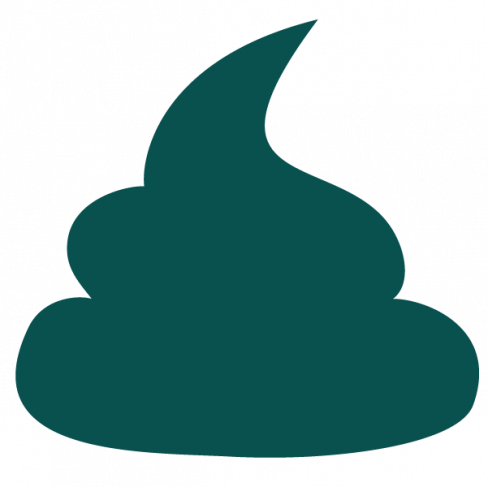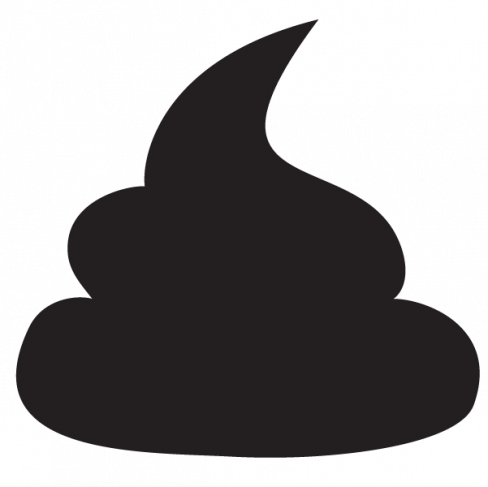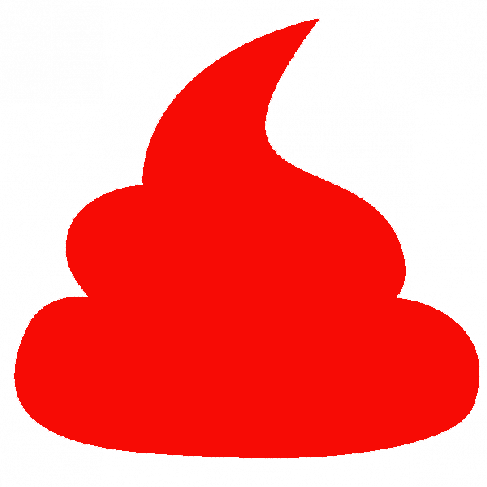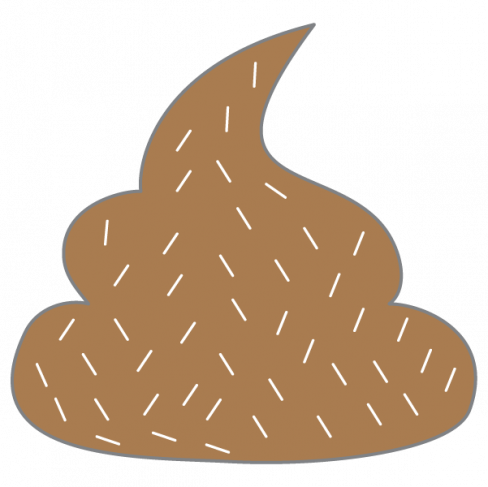From: info@dogsnaturallymagazine.com
| WHAT DOES POOP COLOR MEAN?Dog owners are avid poop watchers. That’s because stool consistency (like diarrhea or loose stools) can tell you a lot about your dog’s well-being. In fact, some poop could be a medical emergency. Here are some poop colors you need to know about … |
 Yellow or Orange PoopYellow or orange poop can mean liver problems. Liver issues can cause jaundice, so you might also see yellowing in his eyes, skin or gums. Yellow or orange stool can also indicate a gall bladder problem. If your dog isn’t producing enough bile, his poop won’t be the usual brown color. Yellow or Orange PoopYellow or orange poop can mean liver problems. Liver issues can cause jaundice, so you might also see yellowing in his eyes, skin or gums. Yellow or orange stool can also indicate a gall bladder problem. If your dog isn’t producing enough bile, his poop won’t be the usual brown color. |
 Green PoopYour dog could have green poop from eating too much grass … or even a lot of green veggies. But green poop can also be a sign of a gall bladder problem, intestinal parasites or a bacterial infection. Green PoopYour dog could have green poop from eating too much grass … or even a lot of green veggies. But green poop can also be a sign of a gall bladder problem, intestinal parasites or a bacterial infection. |
 Blue PoopBlue poop is an emergency. It can often mean your dog has eaten rat poison … and that can kill him if he’s not treated. Save a sample of the stool if you can … then take your dog and the sample to the vet right away. Blue PoopBlue poop is an emergency. It can often mean your dog has eaten rat poison … and that can kill him if he’s not treated. Save a sample of the stool if you can … then take your dog and the sample to the vet right away. |
 Black PoopVery dark brown or black, tarry stools can mean your dog is digesting blood, often from bleeding in the upper GI tract.Pancreatitis, ulcers or parasites can also cause black poop. If black poop continues, see your vet. Black PoopVery dark brown or black, tarry stools can mean your dog is digesting blood, often from bleeding in the upper GI tract.Pancreatitis, ulcers or parasites can also cause black poop. If black poop continues, see your vet. |
 Grey PoopGrey stools can mean a pancreas problem, especially if the stools are greasy.Gall bladder issues or parasites can also cause grey stools. Grey PoopGrey stools can mean a pancreas problem, especially if the stools are greasy.Gall bladder issues or parasites can also cause grey stools. |
 Red Or Bloody PoopIt’s not unusual to see a streak of red if your dog has diarrhea. But consistent bloody stool, or a stool with red or pink swirls like a strawberry milkshake, can be caused by bleeding in the lower intestinal tract. In a puppy, bloody poop could be a sign of parvovirus, which is an emergency. If poop resembles strawberry jelly or jam, it could be hemorrhagic gastroenteritis (HGE) – especially if it’s accompanied by vomiting. HGE is very serious so contact your vet immediately. Red Or Bloody PoopIt’s not unusual to see a streak of red if your dog has diarrhea. But consistent bloody stool, or a stool with red or pink swirls like a strawberry milkshake, can be caused by bleeding in the lower intestinal tract. In a puppy, bloody poop could be a sign of parvovirus, which is an emergency. If poop resembles strawberry jelly or jam, it could be hemorrhagic gastroenteritis (HGE) – especially if it’s accompanied by vomiting. HGE is very serious so contact your vet immediately. |
 White Flecked PoopRaw-fed dogs often have small pieces of undigested bone in their dog’s stool or white chalky stools. Both of these are normal.But if you see what looks like grains of rice in your dog’s stool, it could be tapeworm. White Flecked PoopRaw-fed dogs often have small pieces of undigested bone in their dog’s stool or white chalky stools. Both of these are normal.But if you see what looks like grains of rice in your dog’s stool, it could be tapeworm. |
 Mucusy PoopMucus isn’t usually a problem and usually means your dog is detoxing something that didn’t agree with him. It could even happen after a diet change. But if your dog has has a lot of mucusy diarrhea, it could be due to parasites, bacterial infections or inflammatory bowel disease. Mucusy PoopMucus isn’t usually a problem and usually means your dog is detoxing something that didn’t agree with him. It could even happen after a diet change. But if your dog has has a lot of mucusy diarrhea, it could be due to parasites, bacterial infections or inflammatory bowel disease. |
WHEN TO SEE YOUR VET
These poops are medical emergencies:
- Blue poop
- Jelly-like strawberry jam poop
- Bloody diarrhea in a puppy
Take a stool sample if you can and go to the emergency vet.
Other reasons to see a vet for diarrhea include:
- Diarrhea or vomiting that don’t improve with home remedies
- Dehydration
- Pale or dry gums
- Loss of appetite
- Not drinking
- Not urinating
- Lethargy or weakness
- Change in disposition or other signs your dog feels unwell
- Abdominal pain (you may see hunching, or your dog’s belly is sensitive to touch)
If you see unusual poop colors once or twice in the same day, it may be something that clears up on its own.
But keep watching … and if the weird poop continues, talk to your vet to figure out the cause.
![]()